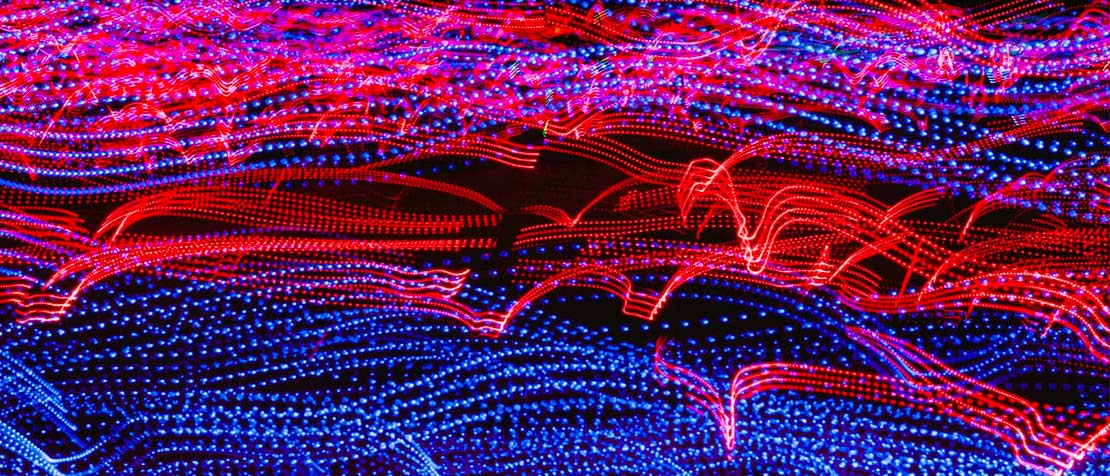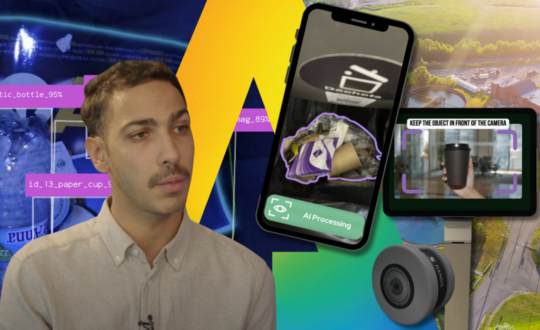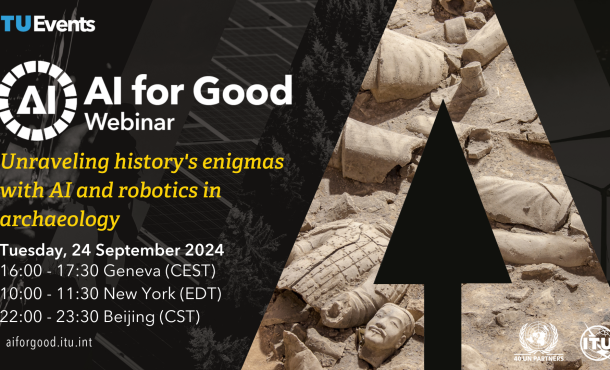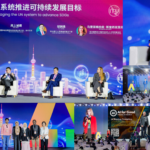New ITU standard to introduce Machine Learning into 5G networks

A new ITU standard has established a basis for the cost-effective integration of Machine Learning into 5G and future networks.
The standard – ITU Y.3172 – describes an architectural framework for networks to accommodate current as well as future use cases of Machine Learning.
“Machine Learning will change the way we operate and optimize networks,” says Slawomir Stanczak, Chairman of the ITU-T Focus Group on ‘Machine Learning for Future Networks including 5G’.
“Every company in the networking business is investigating the introduction of Machine Learning, with a view to optimizing network operations, increasing energy efficiency and curtailing the costs of operating a network,” says Stanczak. “This ITU Y.3172 architectural framework provides a common point of reference to improve industry’s orientation when it comes to the introduction of Machine Learning into mobile networks.”
Enhancing network management
Machine Learning holds great promise to enhance network management and orchestration.
Drawing insight from network-generated data, Machine Learning can yield predictions to support the optimization of network operations and maintenance.
This optimization is becoming increasingly challenging, and increasingly important, as networks gain in complexity to support the coexistence of a diverse range of information and communication technology (ICT) services.
Network operators aim to fuel Machine Learning models with data correlated from multiple technologies and levels of the network.
They are calling for deployment mechanisms able to ‘future-proof’ their investments in Machine Learning. And they are in need of interfaces to transfer data and trained Machine Learning models across Machine Learning functionalities at multiple levels of the network.
The ITU Y.3172 architectural framework is designed to meet these requirements.
A focus on the future
The standard includes a unique focus on the future.
“ITU Y.3172 provides for the declarative specification of Machine Learning applications, making it the first mechanism to meet industry’s need for a standard method of including future use cases,” says Vishnu Ram, the lead editor of the standard.
ITU Y.3172 is under the responsibility of the Focus Group’s parent group, ITU-T Study Group 13 (Future networks and cloud).
“This is the first time that a Study Group has approved a Focus Group deliverable as an ITU standard before the conclusion of the Focus Group’s lifetime,” says Leo Lehmann, Chairman of ITU-T Study Group 13. This represents an important achievement in ITU’s work to expedite the transition from exploratory studies to the agreement of new ITU standards.
ITU-T Focus Groups are open to all interested parties. These groups accelerate ITU studies in fields of growing strategic relevance to ITU membership, delivering base documents to inform related standardization work in membership-driven ITU-T Study Groups.
“I would like to commend the many experts participating in both the Focus Group and ITU-T Study Group 13,” says Lehmann. “This early approval required a considerable amount of planning and extremely close collaboration, which could only have been achieved with dual participation and common interest.”
The standard offers a common vocabulary and nomenclature for Machine Learning functionalities and their relationships with ICT networks, providing for ‘Machine Learning Overlays’ to underlying technology-specific networks such as 5G networks. It describes a ‘loosely coupled’ integration of Machine Learning and 5G functionalities, minimizing their interdependencies to account for their parallel evolution.
The components of the architectural framework include ‘Machine Learning Pipelines’ – sets of logical nodes combined to form a Machine Learning application – as well as a ‘Machine Learning Function Orchestrator’ to manage and orchestrate the nodes of these pipelines.
‘Machine Learning Sandboxes’ are another key component of the framework, offering isolated environments hosting separate Machine learning pipelines to train, test and evaluate Machine Learning applications before deploying them in a live network.
“This combination of an architectural framework for Machine Learning and this declarative language to specify new use cases will give network operators complete power over the extension of Machine Learning to new use cases, the deployment and management of Machine Learning in the network, and the correlation of data from sources at multiple levels of the network,” says Ram.
Towards a complete Machine Learning toolkit
The ITU Y.3172 architectural framework is the first of a nascent series of ITU standards addressing Machine Learning’s contribution to networking.
“A range of ITU standards under development will complement and complete the architectural framework described by ITU Y.3172,” says Ram. “Collectively these standards will provide a full toolkit to build Machine Learning into our networks.”
Two draft ITU standards will propose mechanisms for data handling and specify the design of the ‘Machine Learning Function Orchestrator’.
“If data is the blood flowing through the heart that is Machine Learning, this function orchestrator can be considered the brain,” says Ram.
Another standard will support the assessment of intelligence levels across different parts of the network.
“Different parts of the network will be supplied by different vendors,” says Ram. “We are developing a standard way for different parties to look the intelligence level of the network, helping operators to evaluate vendors and regulatory authorities to evaluate the network.”
The series of ITU standards will be completed by a standard supporting the interoperability of Machine Learning marketplaces, marketplaces hosting repositories of Machine Learning models.
“The standard would assist potential adopters both in selecting a Machine Learning model capable of addressing their specific needs and in integrating the model into the network,” says Ram.
Contribute to the work of the Focus Group
The Focus Group’s next meeting is scheduled for 5-8 November 2019 in Berlin, Germany.
Join the group’s mailing list, request access to documents and sign-up to a working group on the homepage of the ITU Focus Group on Machine Learning for Future Networks including 5G.
Watch ITU interviews with key Focus Group participants filmed at the launch of the group.












